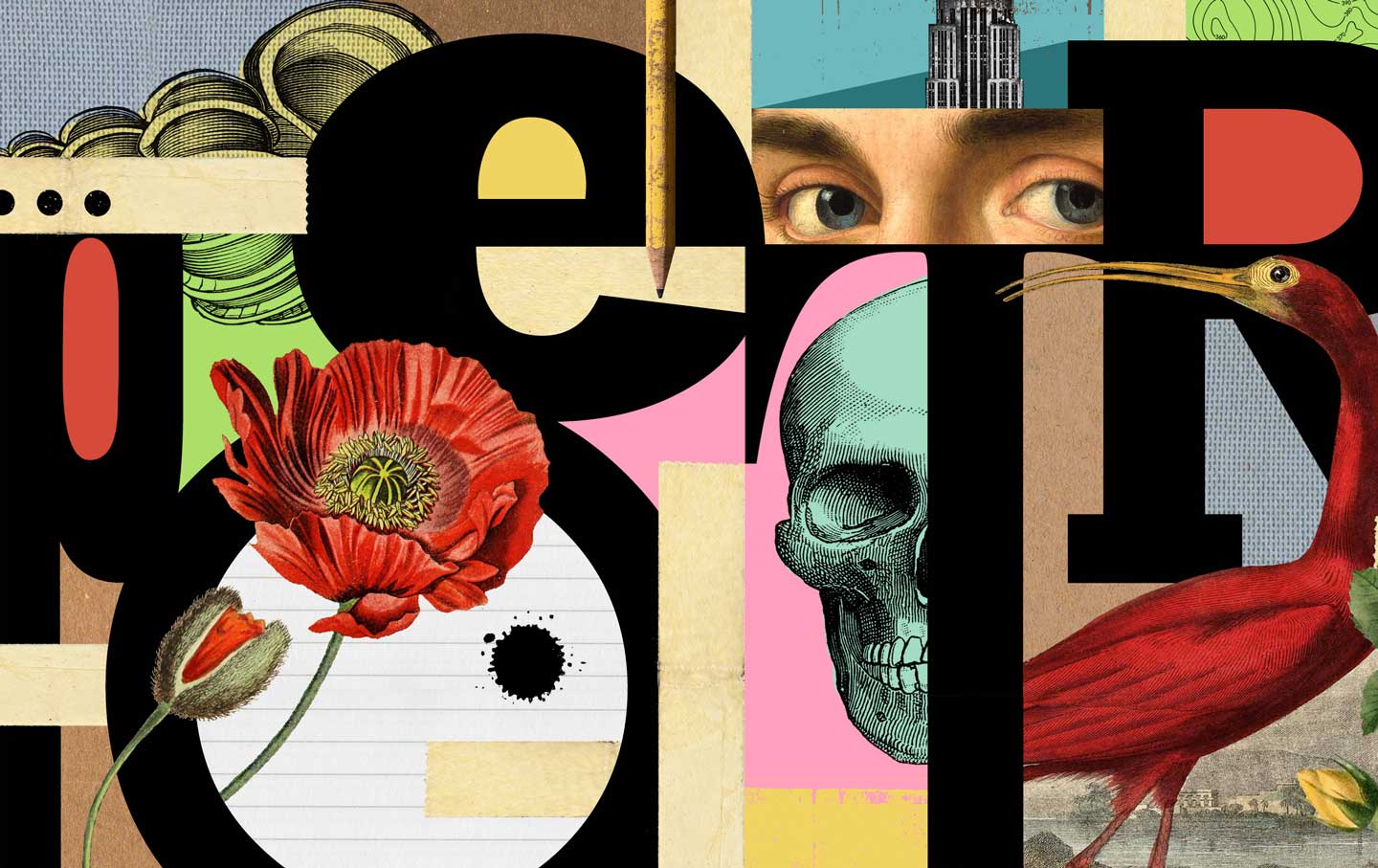
"Fishy, my mother calls her lymph nodes. She tells meher voice box is a box full of cancer. She says oncea doctor spilled my brother's tumor trying to take it out. I search "cancer images" and my screen tiles and fillswith splattered burrs leaking radiance from undertheir hems. Each has landed on the surface of a moon. I think of the man who took the wasps' nests downfrom our eaves."
"I think of the two-sided utensilwith which my mom scooped cantaloupe into marbles- some taws, some peewees-to suspend in jello. I do notknow whether the surgeon will scoop or scrapemy mother's windpipe clean. But then, nothing rests on my knowing whether a tumor is more bowl or balloon, more shadow or lump. For that, there is the Canadian doctorfor whom my mom, at her second appointment, wore a sweater knit white around a Norwegian Maple leaf."
A daughter inhabits the intimate language she and her mother use for illness, mixing nicknames and household metaphors. She searches images and imagines tumors as foreign objects—bowls, balloons, moons—while contemplating surgical removal. Domestic memories surface: a man removing wasps' nests, a two-sided utensil scooping cantaloupe into marbles set in jello. The mother wants to be recognized and remembered in everyday encounters. The daughter worries over whether the surgeon will spare or silence her mother's voice. The language contrasts clinical procedure with personal identity, fear, and desire for remembrance.
Read at The Nation
Unable to calculate read time
Collection
[
|
...
]